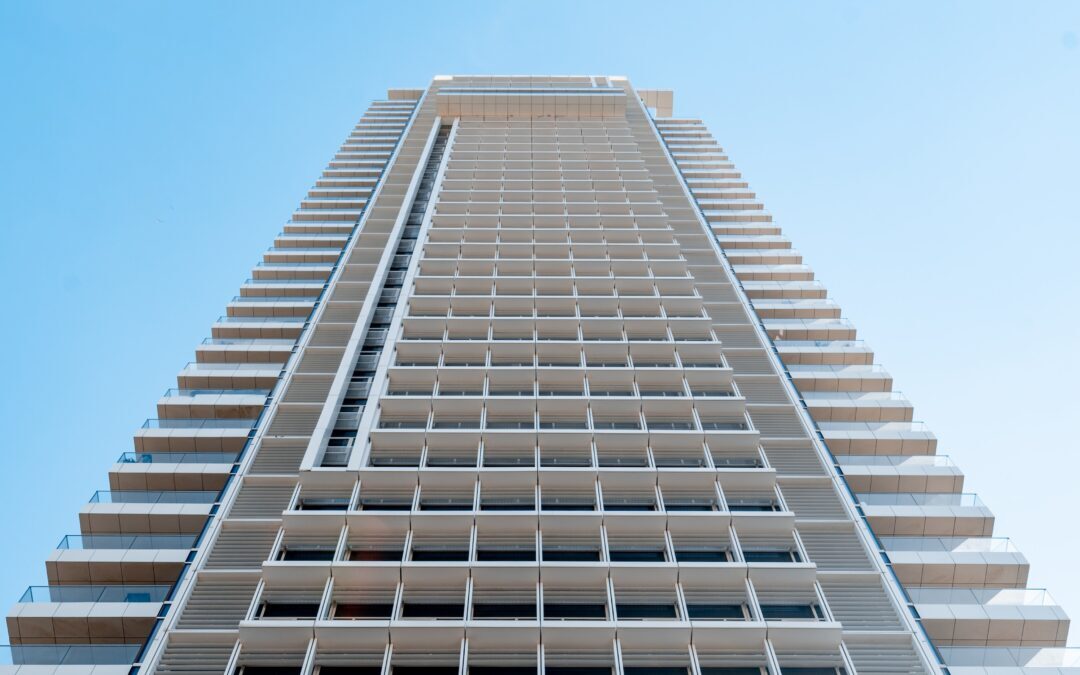An Article by Philip F. Parisi Jr.
For historical reference Local Law 191 was enacted in 2018 with the intent to extend the requirements of carbon monoxide (CO) detection specifically to buildings or areas of buildings that are designated as a “B” (Business) occupancy group or a “M” (Mercantile) occupancy group located within buildings equipped with a fire alarm system. Prior to the enactment of LL191-2018 the 2014 NYC Building Code required CO detection in various other occupancy groups, mainly different types of assembly occupancies, institutional occupancies and schools, however this law is focused on the retroactive requirements to all existing buildings. Many property managers and building operations teams focus on the building type, to suggest that residential buildings are exempt to the requirements, however the subtlety in Local Law 191 requires this retroactive requirement in “areas of buildings” designated as business or mercantile occupancy therefore pulling in the major market sector of residential buildings into the fold. Multiple dwelling buildings, R-2, addressed in the 2014 Building Code Section 908.7.1 is the standard for newly constructed buildings, however if an existing R-2 building constructed under a prior code has a business or mercantile occupancy, it will need to be addressed.
Residential buildings filed and built after the effective date of the 2008 Building Code required the installation CO detection in dwelling units located within buildings utilizing a fossil fuel burning furnace, boiler or hot water heater as part of a central system, units on the same floor, floor above and below the floor where fossil fuel burning equipment is located. Enclosed parking garages that are adjoining or attached to buildings containing fossil fuel burning equipment also have this requirement to be addressed. For example, should an R-2 building contain any “B” occupied areas such as a building management office, or “M” occupied areas such as a retail store AND the building is equipped with a fire alarm system then those specific areas would be required to comply with LL191 and install carbon monoxide detectors, connected to the fire alarm system. Triggers for the installation of the detectors include enclosed parking garages adjacent to the “B” or “M” occupied spaces the floor below or the floor above those spaces. Likewise fossil fuel burning equipment on the same floor, floor above or below those occupancies would also trigger the requirement.
Look out for more information on Local Law 191-2008, including the recent update by the City Council on December 15, 2020 which extended the compliance deadline to July 1, 2021. This deadline for compliance includes the installation, completion of construction and sign-off of the work prior to this date. Don’t get caught behind risking a potential violation!!!
About Me:
I’m Philip F. Parisi Jr., P.E., LEED AP, and an Associate Principal at MG Engineering DPC. As part of RAEL’s partnership with MGE, I’ll be providing information each month to help property and risk managers stay-up to-date on the changing requirements of local and national fire protection codes. With over 20 years of experience in the field developing standards, specifications and plumbing/fire protection system design for various projects including academic buildings, healthcare facilities as well as high-rise residential and commercial buildings.


Recent Comments